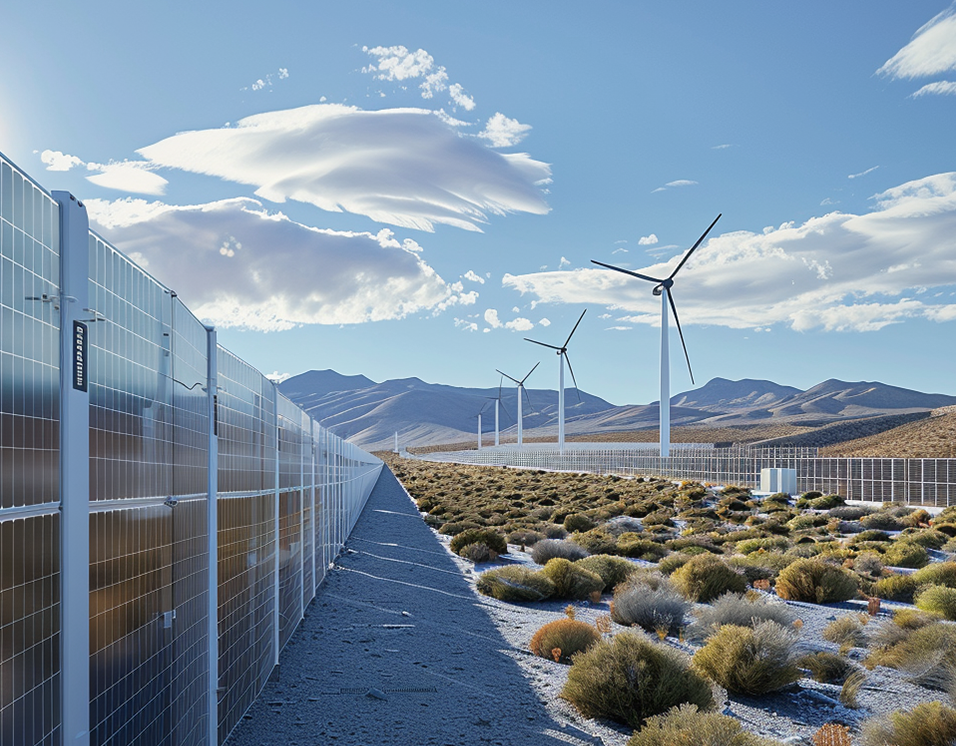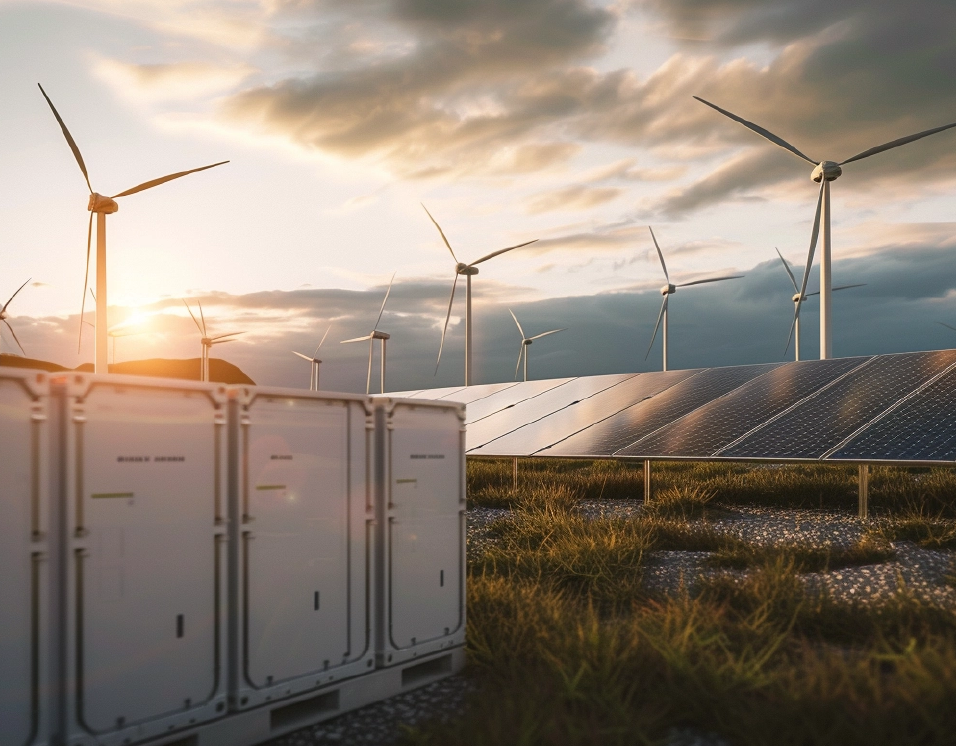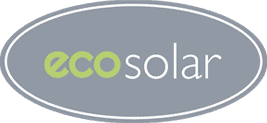The global energy landscape is transforming. With a growing awareness of the environmental impact of traditional energy sources, coupled with technological advancements, renewable energy continues to develop as a major addition to energy storage solutions.
However, leveraging the full potential of renewables requires not only increased production but also innovative solutions for storage and distribution. The integration of energy storage with grid systems stands front and centre, promising a more stable, sustainable, and resilient future for energy. In this comprehensive guide, we explore the intricate relationship between energy storage, grid integration, and the broader trajectory of our energy ecosystem.
The Rise of Renewable Energy
Renewable energy sources, such as solar and wind, have experienced unprecedented growth in recent years. This surge is fuelled by an urgent need to mitigate climate change and reduce our dependency on fossil fuels. As policy and market forces align, the integration of these variable energy sources into the grid has become a pressing challenge.
The fluctuating nature of renewables, by nature, poses significant challenges to grid operators, who must match the variable supply with fluctuating demand. This is where the integration of energy storage becomes important. By capturing and storing excess energy during peak production periods, renewable sources can contribute to a more consistent and reliable energy supply.

Energy Storage Technologies
At the heart of energy storage, solar battery storage solutions have shown to be versatile solutions applicable at various scales ranging from household to industrial levels. Integrating a battery storage solution with a commercial solar panel system is a way to capitalise on energy savings, storing and then discharging electricity at specific times, leveraging the potential for a number of environmental and financial benefits including PPAs. And they operate independently from the grid providing backup power when needed.
EcoSolar can provide a complete solution for battery storage, producing a complete analysis of your existing consumption and the savings to be made with the introduction of solar panels and battery storage.

Grid Integration for Stability
Grid integration is the process of reconciling the electricity produced from multiple generators (both conventional and renewable) and balancing it with consumer demand.
In the context of renewable energy, grid integration becomes more complex due to the non-dispatchable nature of solar power. This is where intelligent grid systems come into play.
Smart grid technology employs advanced communication and control techniques to manage the flow of energy, ensuring stability and efficiency. By leveraging sensors, analytics, and automation, smart grids can predict fluctuations in the energy supply and demand and adjust electrical power flow accordingly.
Balancing Supply and Demand
The core of grid integration lies in the ability to balance supply and demand in real-time. Solar battery storage systems are charged when supply exceeds demand and discharge when the opposite occurs. This dynamic regulation helps maintain a stable frequency and voltage within the grid.
Ancillary services, such as frequency regulation and peak shaving (solar and battery storage being one of the best), further support grid stability and are becoming increasingly vital as the share of renewables grows. For example, by providing spinning reserves, where stored energy is immediately available, grid operators can respond to sudden supply or demand imbalances, ensuring a reliable power supply.
Empowering Renewable Energy Growth
As solar power is intermittent it is classed as a non-dispatchable source of electricity. As the sun doesn’t shine all hours every day in the same place. Therefore, not a fully consistent source of energy for electrical generation without the use of battery storage. The integration of solar energy storage with renewable systems not only solves operational challenges but also stimulates further growth in the sector. The amount of renewable energy capacity added to energy systems around the world grew by 50% in 2023 and with storage solutions in place, renewable projects can offer dispatchable power, a characteristic traditionally associated with fossil fuels.
This dispatchability enhances the economic viability of renewable energy by enabling better market participation and reducing curtailment, where excess power is wasted due to insufficient demand. Furthermore, energy storage facilitates the integration of distributed energy resources, such as rooftop solar, into the broader grid ecosystem.
Resilience in the Face of Challenges
The importance of grid resilience has been underscored by various events, including natural disasters and cybersecurity threats. Energy storage, distributed generation, and microgrid solutions offer layers of protection, ensuring that critical infrastructure remains operational during grid outages.
For instance, in the event of a blackout, localised battery storage can supply power until the grid is restored.
This capability, known as ‘islanding,’ is a prime feature of microgrids, which can operate independently or in conjunction with a larger grid, depending on the circumstances.
Future Prospects and Innovations
Looking to the future, advancements in solar battery storage are set to redefine the renewable energy landscape. Research is underway to improve the performance of existing battery technologies, develop new materials for greater energy density, and enhance the sustainability of manufacturing processes.
Innovations in grid infrastructure continue to push the boundaries of what is possible, with artificial intelligence playing a significant role in real-time control and optimisation. Policy support and regulatory frameworks will also need to be crucial in fostering an environment that encourages the integration of energy storage solutions at scale.

In conclusion, the synergy between energy storage and grid integration is a testament to human ingenuity and our ability to adapt to the needs of a changing world. As we continue to harness the power of renewable sources, it is clear that the integration of innovative storage solutions with an intelligent, interconnected grid is critical to not only reducing our carbon footprint but also ensuring a sustainable energy future for generations to come.

